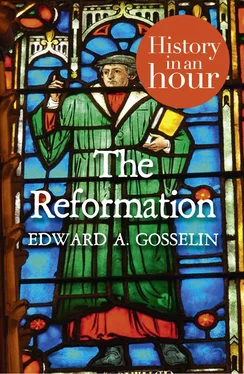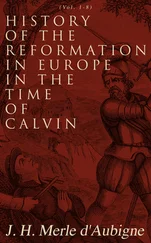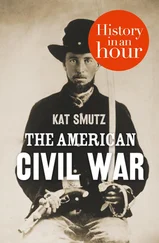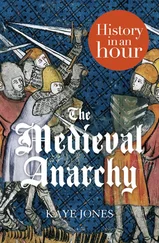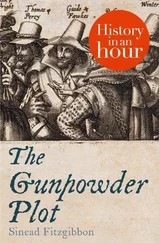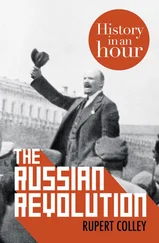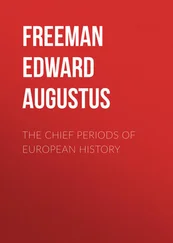One Man Alone One Man Alone ‘Infallible Donkey’ and ‘Upstart Heretics’ ‘Preaching the Gospel Purely’ Zwingli v. Luther on the Eucharist Zwingli’s Death The Creation of Sects John Calvin and his ‘Reformed Church’ Anti-Tolerance of Anti-Trinitarianism Hunted Heretic The Spread of Protestantism The End of Choices: The Territorial Churches Protestantism on a European Political Basis The Reformation after 1550 France The Low Countries The Protestant Diaspora How the Protestant Reformation Ended Appendix 1: Key Players Appendix 2: Timeline of the Reformation Copyright Got Another Hour? About the Publisher
By this time, Luther stood alone against Church and state. He stood alone against the history of orthodox Catholic teachings. He also stood against the emperor, Charles V, who rebuked Luther by stating that as the descendant of the most Catholic rulers of the Empire, of the German nation, Spain and Austria, he was no longer willing to tolerate Luther’s heresy. He could only accede to the orthodox Roman Catholic teachings in which he had been brought up and which he had vowed to defend. Charles decreed Luther an enemy of the Empire, but allowed him safe passage back home to Wittenberg.
Soon, Pope Leo X declared Luther an excommunicant, which meant he was no longer a member of the Roman Catholic Church. In May, the Edict of Worms made him an outlaw in the Holy Roman Empire. Luther fled to the Wartburg in Saxony where he enjoyed the protection of Frederick the Wise, Elector of Saxony, who, though a strong Catholic, was an enemy of Charles V. He was joined by thirteen monks who had also left the Augustinian Order in Wittenberg. It was only in March 1522 that Luther could return to Wittenberg, where his fellow former monks joined him in apostasy. There, he and his followers taught Lutheran theology and founded the centre of Lutheranism.
Luther’s later years were spent writing and teaching his congregation. In 1525, he married Katherine von Bora so that he could please his father, ‘spite the pope and the devil’ and have someone to carry on his name after what he expected would be an early martyrdom. He said of von Bora, a former nun he had brought back to Wittenberg for one of his fellow former monks to marry, that he would ‘rather have Katie than France or Venice’, and together they sired six children. When Luther died on a visit to his home town of Eisleben in 1546, contemporary Catholic writers asserted that a posse of devils had been seen taking his soul directly to Hell both for his ‘theological heresy and for marrying a former nun’.
‘Infallible Donkey’ and ‘Upstart Heretics’ ‘Infallible Donkey’ and ‘Upstart Heretics’ ‘Preaching the Gospel Purely’ Zwingli v. Luther on the Eucharist Zwingli’s Death The Creation of Sects John Calvin and his ‘Reformed Church’ Anti-Tolerance of Anti-Trinitarianism Hunted Heretic The Spread of Protestantism The End of Choices: The Territorial Churches Protestantism on a European Political Basis The Reformation after 1550 France The Low Countries The Protestant Diaspora How the Protestant Reformation Ended Appendix 1: Key Players Appendix 2: Timeline of the Reformation Copyright Got Another Hour? About the Publisher
By the late 1520s, Lutheranism had spread to England. The famous English scholar and friend of Erasmus, Sir Thomas More (pictured below), who himself later became a martyr to the Catholic cause, wrote tracts against Luther on behalf of (and under the name of) Henry VIII. He declared Luther an ‘infallible donkey’ and foresaw that the unity of all Christendom would soon break into many pieces because of the whims of ‘upstart heretics’. However one saw it, the Protestant Reformation had truly begun and had reached well beyond the borders of Germany.
Конец ознакомительного фрагмента.
Текст предоставлен ООО «ЛитРес».
Прочитайте эту книгу целиком, купив полную легальную версию на ЛитРес.
Безопасно оплатить книгу можно банковской картой Visa, MasterCard, Maestro, со счета мобильного телефона, с платежного терминала, в салоне МТС или Связной, через PayPal, WebMoney, Яндекс.Деньги, QIWI Кошелек, бонусными картами или другим удобным Вам способом.
